Fermented Chilli sauce
Last weekend I started making fermented Chilli sauce with part of my harvest of Aji Habaneros and Bishops Crowns. The Chillies are now starting to ferment, and I am now starting to see carbon – dioxide bubbles floating up from the fermentation brine. It has taken about three days to reach this point. In another four to five days the sauces will be ready, and I will then blitz them into a Chilli sauce.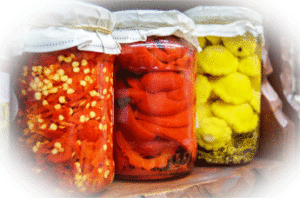
Fermentation is a great way to preserve Chillies, whether making a hot sauce or Chilli pickles. It is a method that has been used for thousands of years and was certainly being done before canning and bottling was invented.Recently, there has been renewed interest in this ancient form of preservation. This is because people have realised that the end- product tastes great and is also really healthy. What’s more, it’s easy to do
The basic principle behind fermentation is that you allow the Chillies to ferment in a brine solution of about five percent salt in water. The fermentation process results in acetic acid being produced which serves to preserve the Chillies but also give them a pleasant sour taste. Once they have been preserved in this way, they can be kept either whole in the brine or alternatively the brine gets drained and the Chillies then get blended into a sauce.


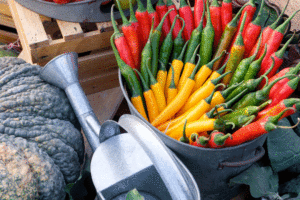 will also cover what precautions should be taken to protect the young plants against unwanted pests like
will also cover what precautions should be taken to protect the young plants against unwanted pests like 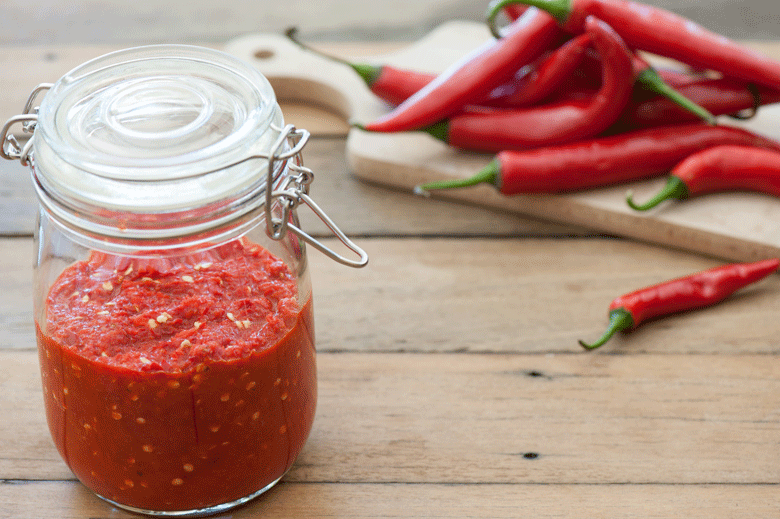
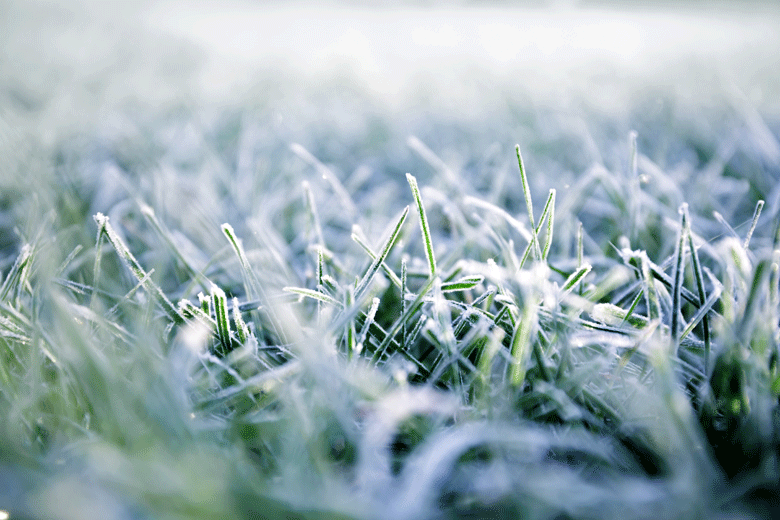
 great indoor ornamental plants
great indoor ornamental plants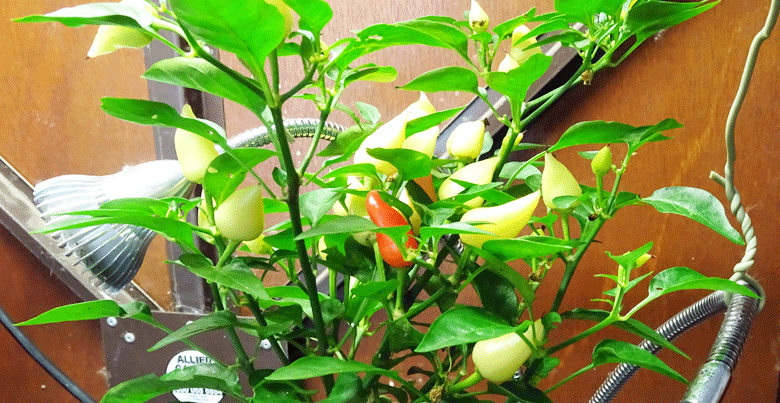

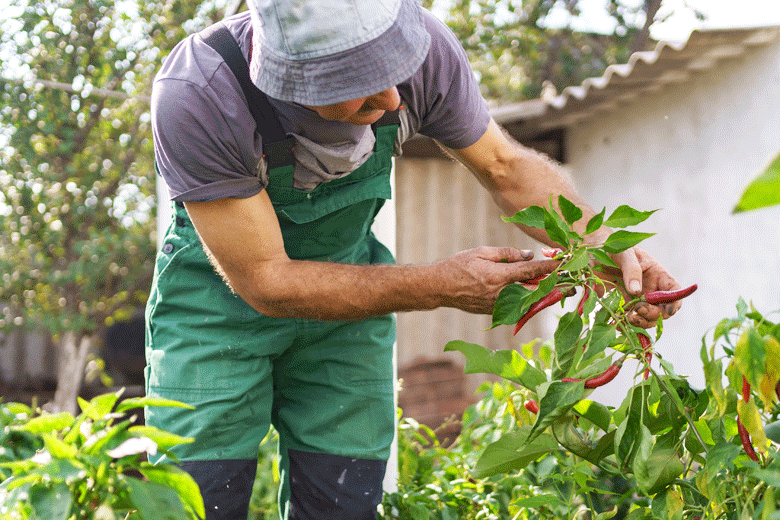

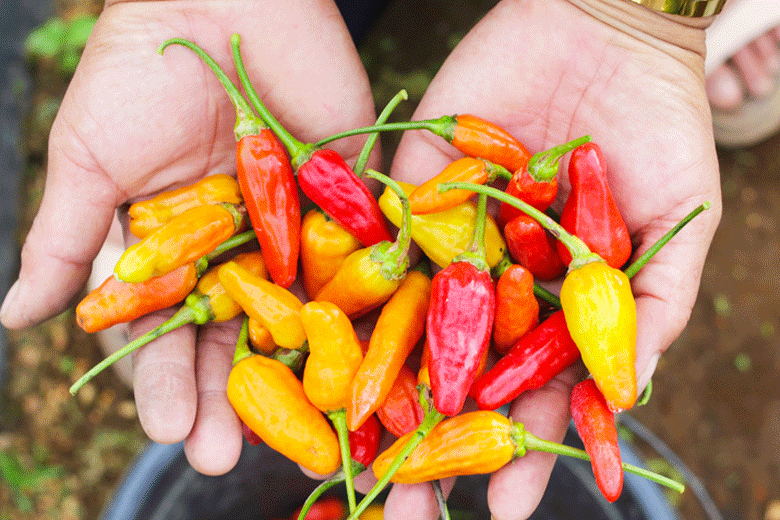







 The
The